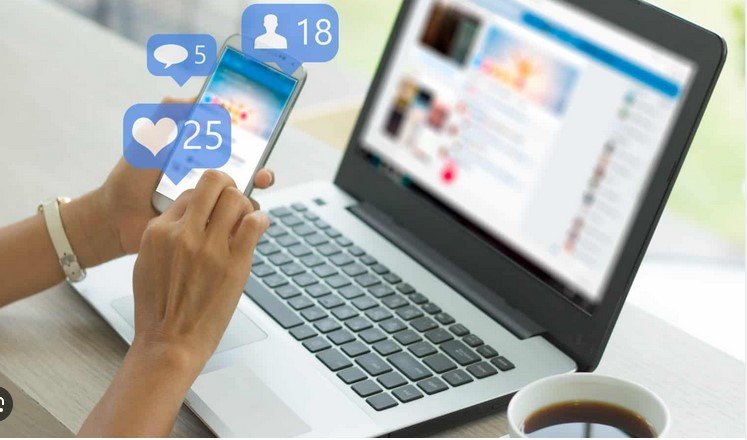Social media plays a pivotal role in how we communicate today. It has transformed the landscape of interpersonal interactions, making it easier and faster to connect with others across the globe. Understanding the impact of social media on communication helps individuals and organizations leverage its advantages effectively.

Instant Connectivity
Social media platforms allow users to connect with friends, family, and colleagues instantly. With just a few clicks, people can share thoughts, updates, and experiences. This immediacy fosters a sense of closeness, even when individuals are physically apart. For businesses, social media provides a direct line to customers, enabling rapid responses to inquiries and feedback.
Diverse Communication Channels
Social media offers a variety of communication channels, including text, images, videos, and live streams. This diversity allows users to choose the medium that best suits their message. For instance, businesses can use videos for product demonstrations or live streams for Q&A sessions, enhancing audience engagement. Such flexibility empowers users to communicate in creative and impactful ways.
Building Communities
Social media interactions foster the creation of communities around shared interests, hobbies, or goals. These online spaces enable individuals to connect with like-minded people, share ideas, and collaborate. For brands, engaging with their audience in these communities can build loyalty and trust. Effective communication in these spaces can strengthen relationships and create a sense of belonging.
Global Reach
One of the most significant advantages of social media is its global reach. Users can connect with people from different cultures and backgrounds, broadening their perspectives. This diversity enriches conversations and promotes understanding among individuals. For businesses, global reach means accessing a wider audience, leading to increased brand visibility and growth.
Real-Time Feedback
Social media allows for real-time feedback, enabling users to gauge reactions and adjust their communication strategies accordingly. This immediacy benefits both individuals and organizations. For instance, businesses can assess customer reactions to a new product launch and make necessary adjustments based on feedback. Real-time communication fosters a dynamic exchange of ideas and insights.
Enhancing Brand Awareness
For businesses, social media serves as a powerful tool for brand awareness. Engaging content can reach a vast audience quickly, amplifying a brand’s message. Through effective communication strategies, brands can establish their identity, share their values, and connect with their audience on a deeper level. This connection can lead to increased loyalty and customer retention.
Crisis Management
Social media plays a crucial role in crisis management. During emergencies or controversies, organizations can communicate swiftly and transparently with their audience. Timely updates help mitigate misinformation and reassure stakeholders. Effective communication during a crisis can protect a brand’s reputation and maintain trust with customers.
Challenges of Miscommunication
Despite its benefits, social media also presents challenges in communication. The lack of face-to-face interaction can lead to misunderstandings or misinterpretations. Tone and context may be lost in written messages, causing conflicts or confusion. Users must be mindful of their communication style and the potential impact of their words.
Conclusion
Social media has revolutionized communication, providing instant connectivity, diverse channels, and a global reach. It enhances brand awareness, fosters communities, and allows for real-time feedback. However, users must navigate the challenges of miscommunication to maximize the benefits. Embracing social media’s role in communication can lead to stronger connections and more effective interactions in both personal and professional contexts.











